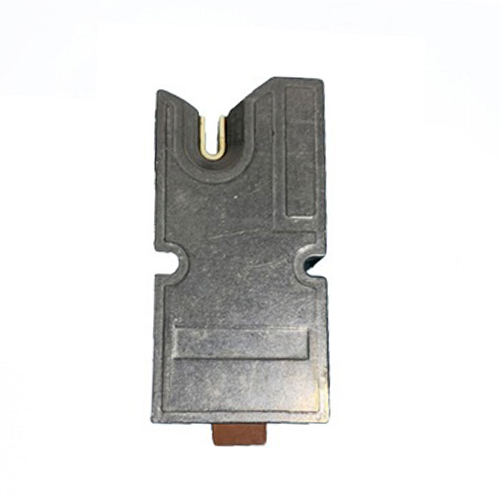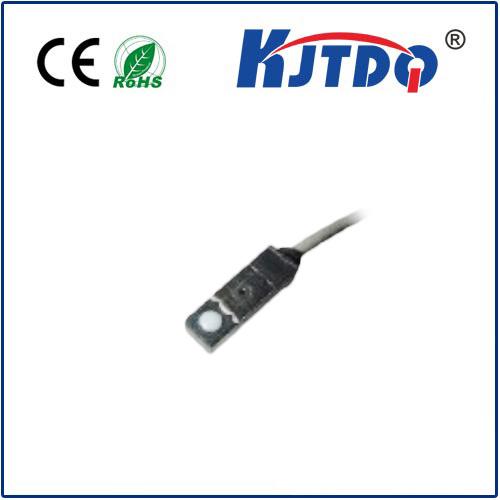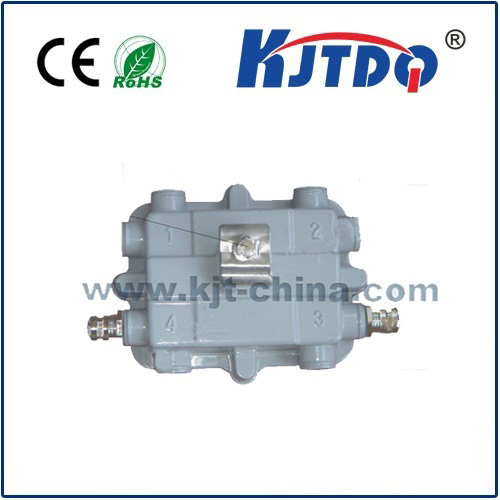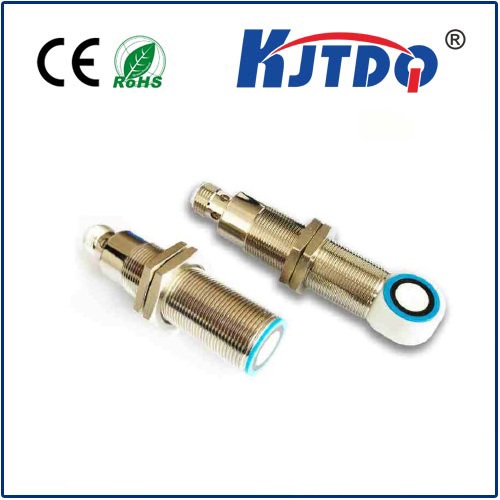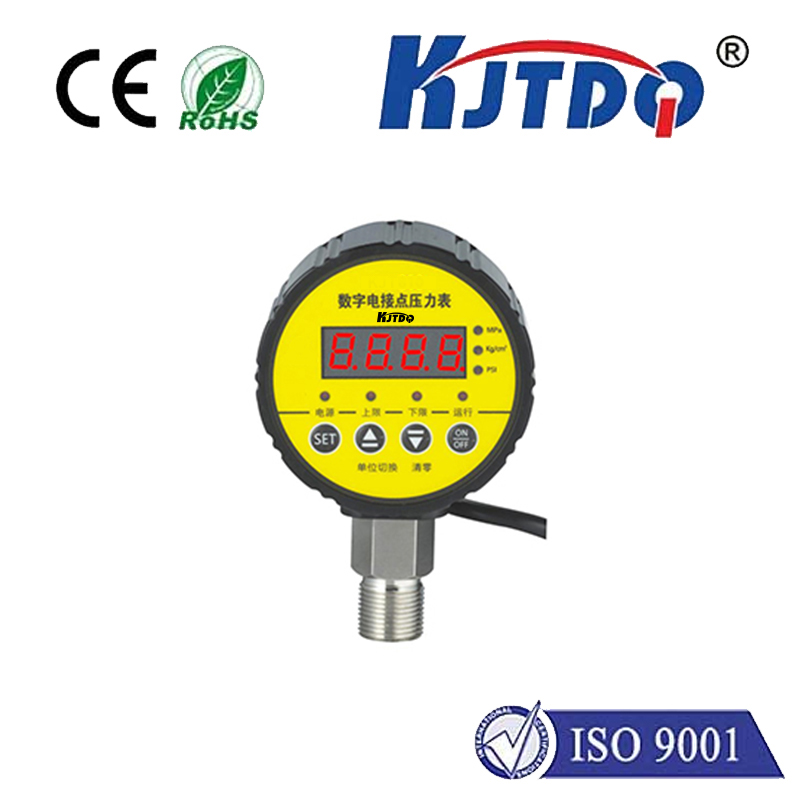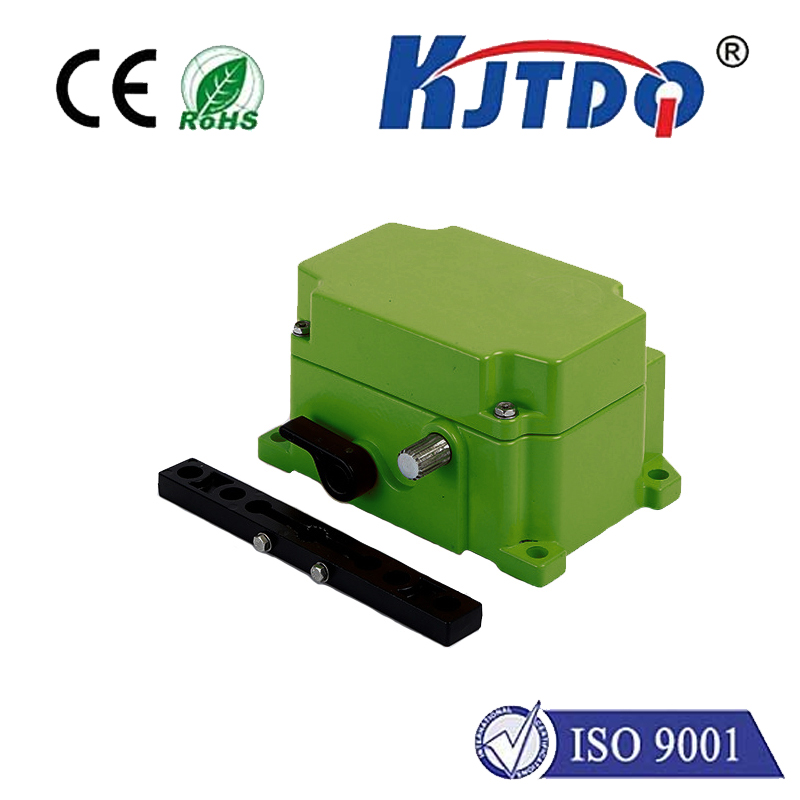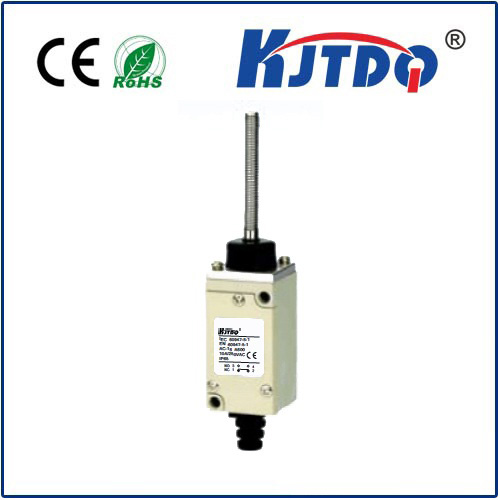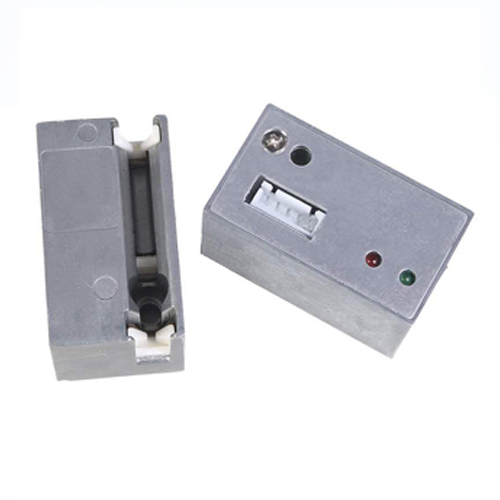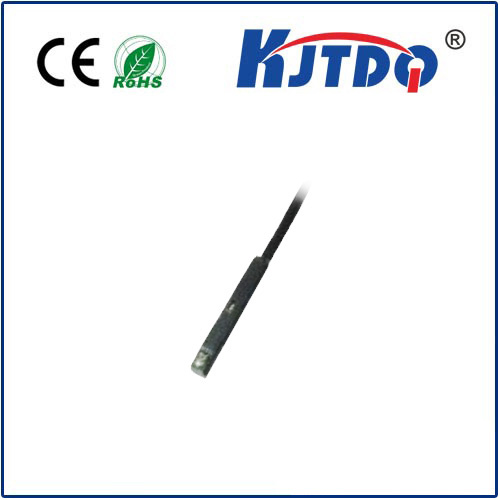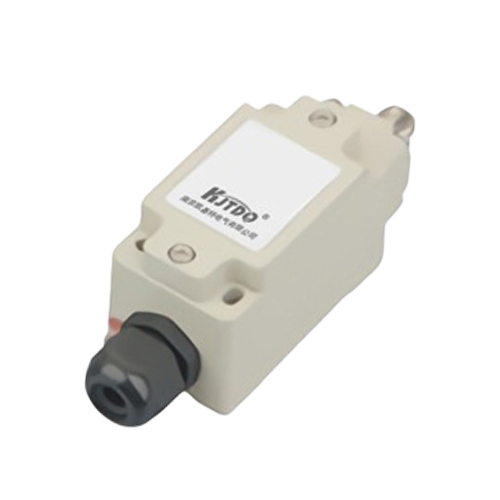thermal imaging sensor
- time:2025-08-21 04:58:14
- Нажмите:0
Thermal Imaging Sensors: Revealing the Invisible World Through Heat Signatures**
We navigate our world bathed in visible light, oblivious to a vast spectrum of energy radiating all around us. Imagine possessing the power to see the heat emanating from a living creature, pinpoint a hidden electrical fault before it sparks a fire, or track movement in utter darkness. This is not science fiction; this is the remarkable reality unlocked by thermal imaging sensors. By converting the invisible infrared radiation, emitted by all objects above absolute zero, into a visible image we can interpret, these devices grant us a unique and powerful perspective on our environment.
Beyond the Spectrum: The Fundamental Principle
Everything with a temperature greater than absolute zero (-273.15°C or -459.67°F) emits infrared radiation – essentially, heat energy. The hotter an object, the more intense its infrared emissions. Our eyes lack the photoreceptors to detect this radiation; it exists just beyond the red end of the visible light spectrum, hence “infrared.” Thermal imaging sensors act as sophisticated translators, bridging this sensory gap.
At the heart of every thermal camera lies the thermal imaging sensor, typically an array of thousands of microscopic detector elements (pixels). Two main technologies dominate:

- Uncooled Microbolometers: The most common type, especially in commercial and industrial applications. Each pixel is a tiny resistor made from materials sensitive to heat (like Vanadium Oxide - VOx). When infrared radiation hits the pixel, its temperature changes, altering its electrical resistance. This minute change is measured and converted into an electrical signal that builds the image.
- Cryogenically Cooled Photon Detectors: Primarily used in high-end military, scientific, and research settings. These sensors are cooled to extremely low temperatures (often using Stirling coolers) to reduce electronic noise and dramatically increase sensitivity and image resolution. They detect infrared photons directly (photovoltaic or photoconductive effect), offering superior performance but at significantly higher cost and complexity.
From Heat to Vision: Creating the Image
The thermal sensor itself captures raw temperature data points. Sophisticated processing steps then transform this data into the familiar thermal image we see on a screen:
- Detection: Infrared radiation from the scene focuses onto the sensor array via specialized optics (often made of Germanium or Chalcogenide glass, transparent to IR).
- Signal Conversion: Each pixel generates a tiny electrical signal proportional to the amount of IR radiation it receives (i.e., the temperature of that specific point in the scene).
- Processing: An on-board processor (often an FPGA or ASIC) reads all these signals simultaneously. It performs complex calculations to compensate for sensor non-uniformities, apply calibration, adjust for atmospheric conditions, and map the temperature data onto a displayable format.
- Display Mapping: The processed data is mapped to a visible color palette (e.g., ironbow, greyscale, rainbow). Warmer areas typically appear as brighter colors (yellow, red, white) and cooler areas as darker colors (blue, purple, black). This creates the thermal image or thermogram.
Unlocking Diverse Applications: Seeing Where Eyes Can’t
The unique ability to visualize temperature differences and heat patterns makes thermal imaging technology indispensable across a staggering range of fields:
- Public Safety & Security: Thermal imaging cameras are lifesavers. Firefighters use them to see through thick smoke, locate victims, and identify hotspots hidden within walls. Search and rescue teams find missing persons in dense forestry, at night, or after disasters. In security and surveillance, thermal cameras detect intruders in total darkness, through light fog, or even camouflaged foliage, regardless of visible light conditions.
- Building Science & Energy Efficiency: Thermal imaging surveys are vital for detecting heat leaks, missing insulation, moisture intrusion, and structural defects invisible to the naked eye. Identifying these issues allows for targeted repairs, significantly improving building energy efficiency and reducing heating/cooling costs.
- Industrial Maintenance & Electrical Inspections: Predictive maintenance is revolutionized by thermal cameras. They can spot overheating components in electrical panels, transformers, motors, and machinery before catastrophic failure occurs, preventing costly downtime and enhancing workplace safety. This non-destructive testing method is fast, efficient, and doesn’t require shutting down equipment.
- Mechanical Systems: Inspecting boilers, piping, steam traps, refractory linings, and process equipment for heat anomalies indicating blockages, leaks, or inefficiency.
- Medical & Veterinary: While limited for deep diagnostics, thermal imaging cameras can assist in detecting surface temperature variations useful for identifying inflammation, circulatory issues, certain types of tissue injury, or fever screening. It’s also widely used in veterinary medicine to detect lameness or injury in animals.
- Automotive & Mobility: Advanced Driver Assistance Systems (ADAS) and autonomous vehicles increasingly rely on thermal cameras for enhanced night vision and object detection capabilities, especially in challenging conditions like fog, dust, or glare that challenge visible light cameras or radar.
- Military & Defense: A pioneering application area. Thermal imaging provides critical capabilities for night vision, target acquisition, surveillance, navigation, and threat detection across all domains.
The Evolving Landscape: Trends in Thermal Imaging Technology
Thermal imaging is becoming increasingly accessible and powerful:
- Miniaturization & Lower Cost: Advances in uncooled microbolometer technology, driven partly by smartphone adoption (though phone sensors are often lower resolution/range), have drastically reduced the size, weight, and cost of core thermal imaging sensors. This opens doors to consumer applications and wider industrial adoption.
- Higher Resolution & Sensitivity: Sensor resolutions continue to climb (e.g., 1024x768 becoming more common beyond the older 320x240/640x480 standards), allowing for clearer images and the detection of smaller temperature differences from greater distances. Improved sensitivity enables better performance in low-heat-contrast environments.
- Integration & Fusion: Thermal cameras are increasingly integrated with other sensing technologies like visible light cameras, LiDAR, and radar. Sensor fusion combines the strengths of each, providing richer situational awareness and more robust data for analysis.
- Analytics & AI: Integration of artificial intelligence is transforming thermal data interpretation. AI algorithms can automate anomaly detection in industrial settings, classify objects in security applications, track targets, and even identify specific materials based on thermal signatures.
The Power of the Invisible Spectrum
Thermal imaging sensors fundamentally expand our perception. They transform the invisible thermal landscape – a constant, dynamic flux of energy – into actionable, visual information. From preventing disasters and saving lives to optimizing industrial processes and enhancing security, the applications driven by this infrared technology are profound and ever-growing. By harnessing the infrared spectrum, we gain insights that remain utterly hidden to our natural vision, empowering us to understand and interact with our world in safer, more efficient, and profoundly innovative ways. As sensor technology advances, processing power increases, and costs continue to fall, the future of thermal imaging promises even deeper integration into our daily lives and critical industries.

